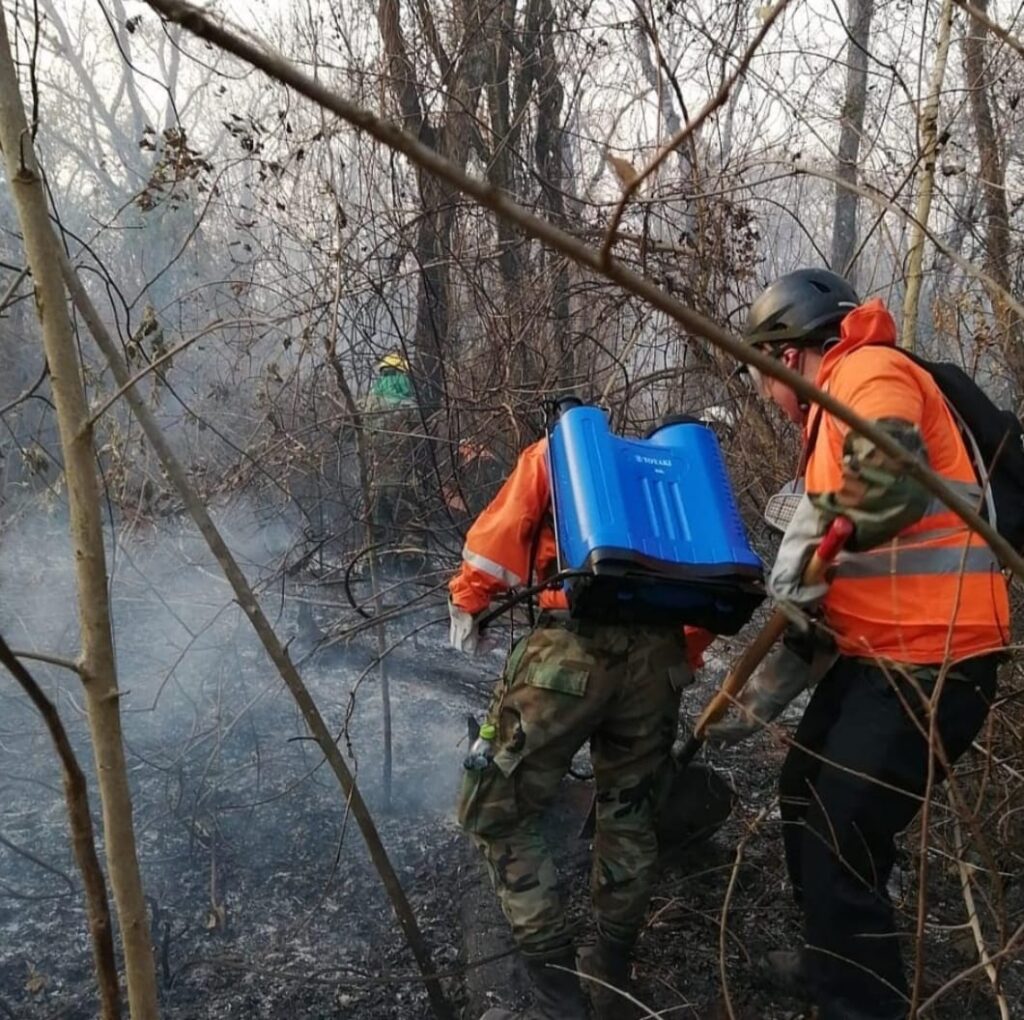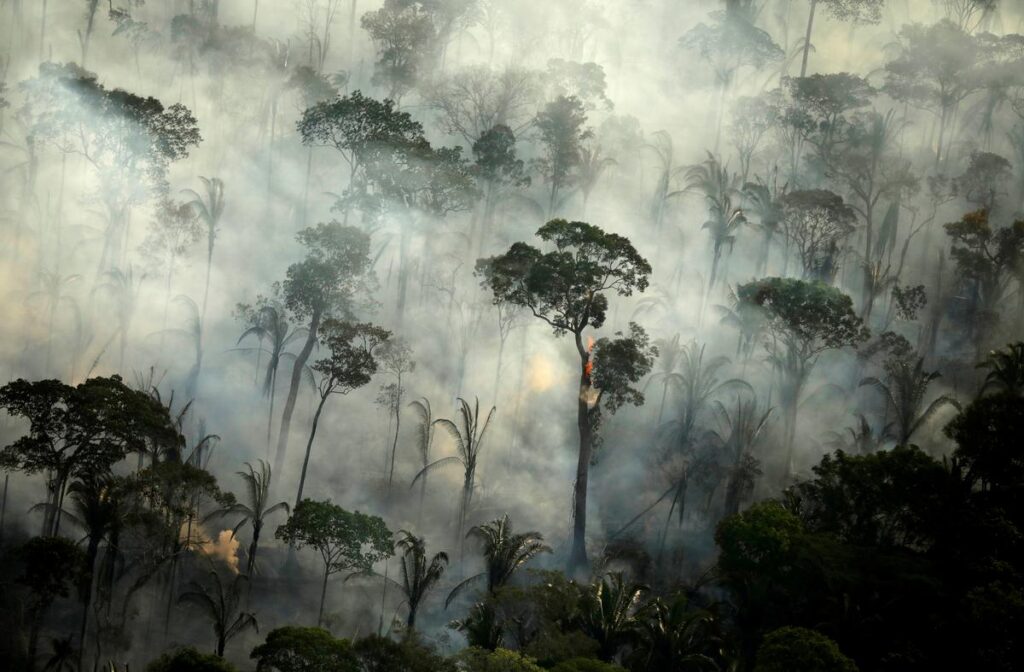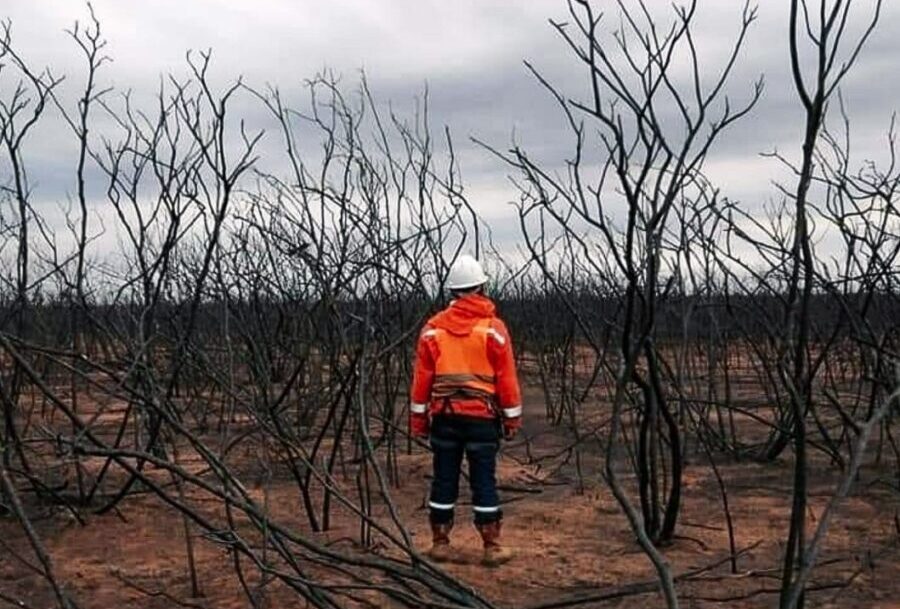BOLIVIA. Santa Cruz. Last year was one of the worst on record for Amazonian wildfires and it appears that 2020 is not shaping up to be any better. As the world´s largest forest that spans nine countries and covers an area roughly the size of the continental United States, the Amazon is no stranger to challenges. It´s home to a variety of unique ecosystems ranging from dry forest to subtropical wetlands. There are also two very distinct seasons: wet and dry. Herein lies the root of the problem behind the fires.
The dry season is also fire season in the Amazon
While everything from lackadaisical farming practices, known locally as chaqueos, to irresponsible poachers trying to escape persecution has been at the heart of these fires, it´s important to understand the real danger presents itself in the dry season. The apex of which, lasts from August to November.
During these months, the Amazon receives much less rainfall. Seasonal rivers run dry and can become impassable to boats, leaving hundreds of villages without road access cut off from the rest of the world. Much of the flooded wetlands become grassland during this time, allowing hundreds of animals to migrate and hunt in areas that are otherwise flooded and inaccessible for the rest of the year.
This is also when wildfires pose the greatest threat to the forest and all that lives within it.

Millions of hectares are burning already
The Amazon made international news last year due to the vast amounts of Brazil and Bolivia that were on fire. A large containment response was mounted, which triggered an outpouring of international aid. However, because of the challenges posed by COVID-19 this year, the containment effort is minimal at best. This leaves hundreds of unrelenting fires burning while human and animal populations are at risk.
El Deber reports that 222 fires are burning in the Bolivian Amazon alone, while 700,000 hectares of the Pantanal wetlands are also ablaze between Brazil and Paraguay.
The Pantanal comprises the largest tropical wetland area in the world and is home to thousands of species of rare plants and animals.

This year marks the worst drought seen in decades
Sadly, fire season this year couldn’t have come at a worse time. Mongabay reports that water levels in the Pantanal and the Bolivian Chaco regions have hit record lows, even for the dry season. Obvious dangers aside, these extreme drought conditions also impede crisis response efforts in remote areas.
While the world continues to struggle with the COVID-19 pandemic, it appears the Amazon and its precious ecosystems are, by and large, on their own until the much needed rainy season arrives later this year.




Comments are closed.